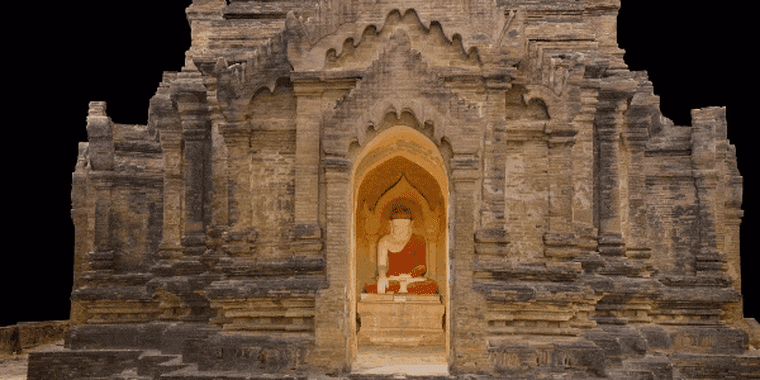It’s not quite the same as being there, but now anyone with a web connection or a virtual reality headset can visit some of the world’s most celebrated heritage sites — without leaving home. Depicting famous locations through VR may also help preserve site records or even aid in reconstruction if they undergo future damage.
The Open Heritage project — a collaboration between Google and an Oakland, California-based nonprofit called CyArk — has posted online realistic 3D models of 26 heritage locations in 18 countries, including the 1,000-year-old Temple of Kukulcan in the Mayan city of Chichén Itzá in Mexico; parts of the Roman city of Pompeii, buried by an eruption of Mount Vesuvius in 79 A.D.; and the Native American cliff dwellings at Mesa Verde in southern Colorado.
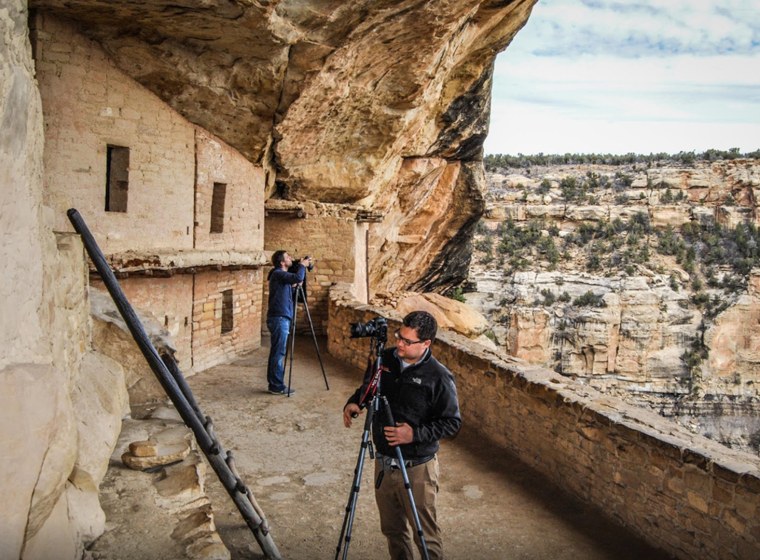
“We've been collecting these sites for 15 years,” said CyArk CEO John Ristevski. “Google approached us about opening up our archives to a much broader audience, and we've been wanting to do that for a long time.”
The 26 locations are a fraction of more than 200 heritage sites that CyArk has documented around the world since 2003, using digital photography, aerial drones, and a 3D laser scanning technology known as LIDAR (for light detection and ranging).
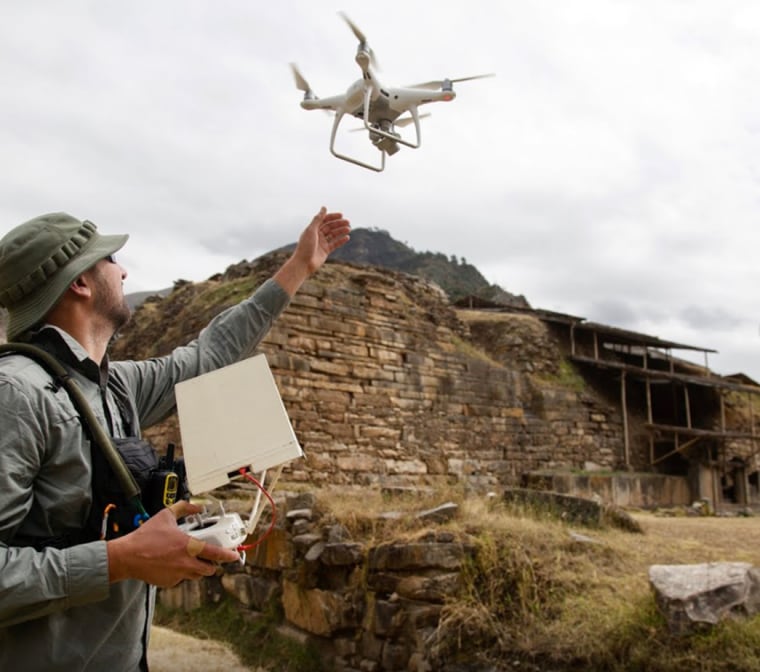
Detailed 3D models of the unique buildings and ancient artifacts, maps, and high-resolution 360-degree photographs from the 26 locations can be viewed directly on the Open Heritage website with just a web browser, thanks to a new VR interface developed by Google for the project — while those with VR headsets can immerse themselves in a wrap-around view.
The heritage sites range from ancient wonders, like Pompeii and Chichén Itzá, to relatively modern heritage sites like the Brandenburg Gate in Berlin, built in the 18th century.
CyArk plans to add nine more locations, including the Washington Monument and the World War I battleground at Flanders Fields in Belgium, in the next few months — with more to come.
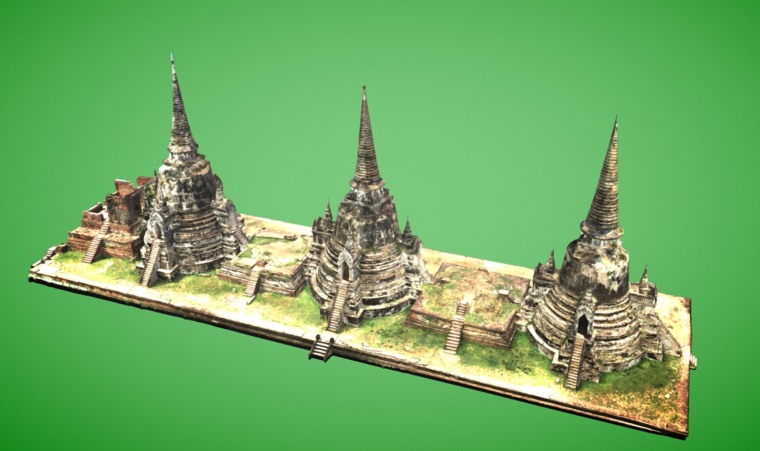
Many of the locations in the Open Heritage project can be hard to visit in person, because of their remoteness or because authorities limit access to them. “Many of these places, for whatever reason, are just not open to the public,” Ristevski said.
One of the least accessible is Chavín de Huántar, a pre-Inca religious site in north-central Peru that is situated at an elevation of almost 4,000 meters [13,000 feet]. “That’s a 10-hour bus ride from Lima,” he said. “It does not get many tourists, but it’s an amazing site.”
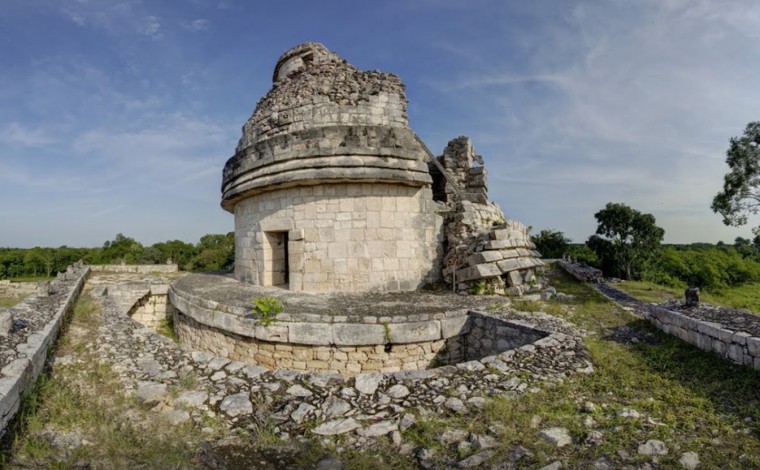
While the Open Heritage website makes it easier for people to experience heritage sites in virtual reality, CyArk got its start 15 years ago with a different goal — making a permanent record of ancient locations that are under threat from natural events or desecration.
CyArk’s founder, Ben Kacyra, an expatriate Iraqi engineer who now lives in California, learned of the destruction of Afghanistan’s 1,500-year-old Bamiyan Buddhas in 2001, and decided that he wanted to create three-dimensional digital records of the world’s heritage sites in case they were damaged or destroyed.
Kacyra’s foresight has paid off in more than one case.
Shortly after CyArk technicians mapped the ancient Buddhist temples at Bagan in Myanmar in 2016, the temples were badly damaged by a massive earthquake. “One of those temples in Bagan is actually closed to visitors now, so you can't even go in there,” Ristevski said.
CyArk’s detailed digital records are now being used in reconstruction work at Bagan, and virtual reality versions of the Bagan temples can be seen on the Open Heritage website: “so you're seeing things that [tourists] can't even see,” Ristevski said.
